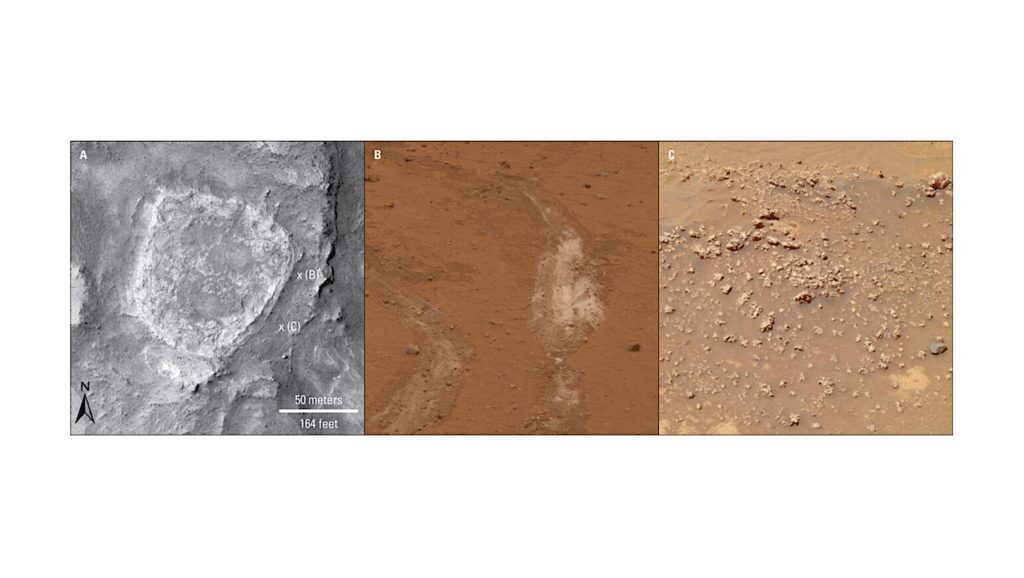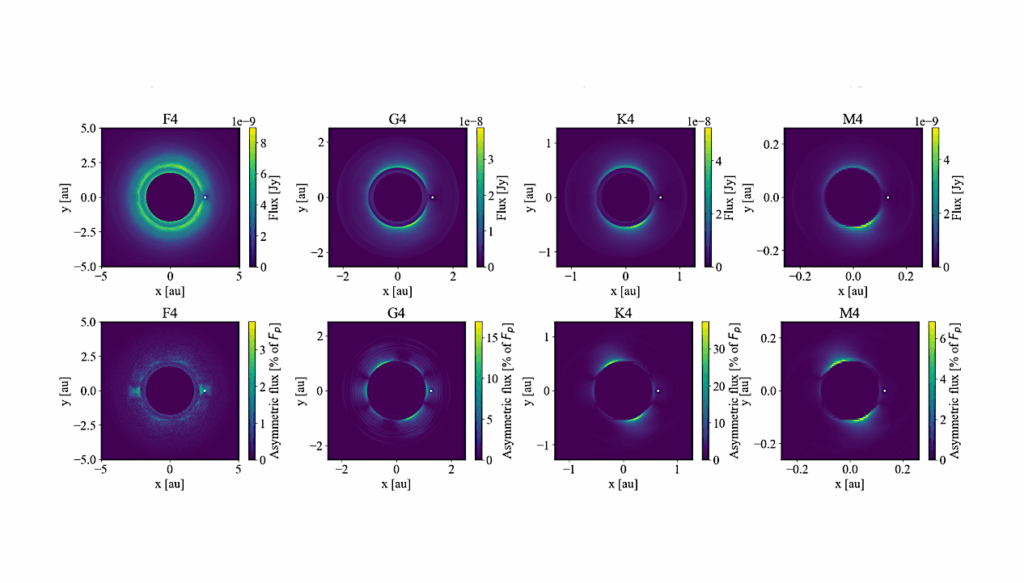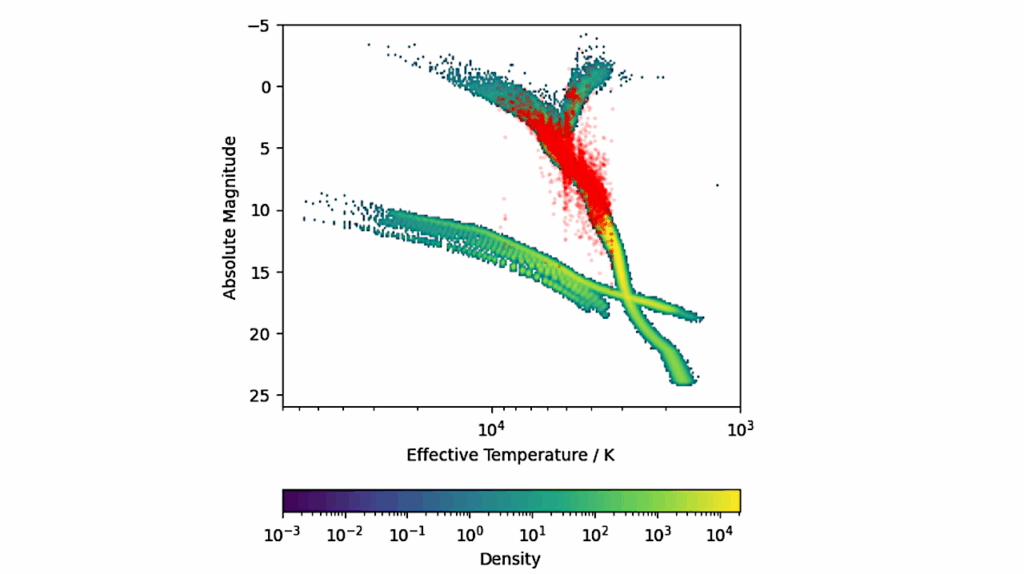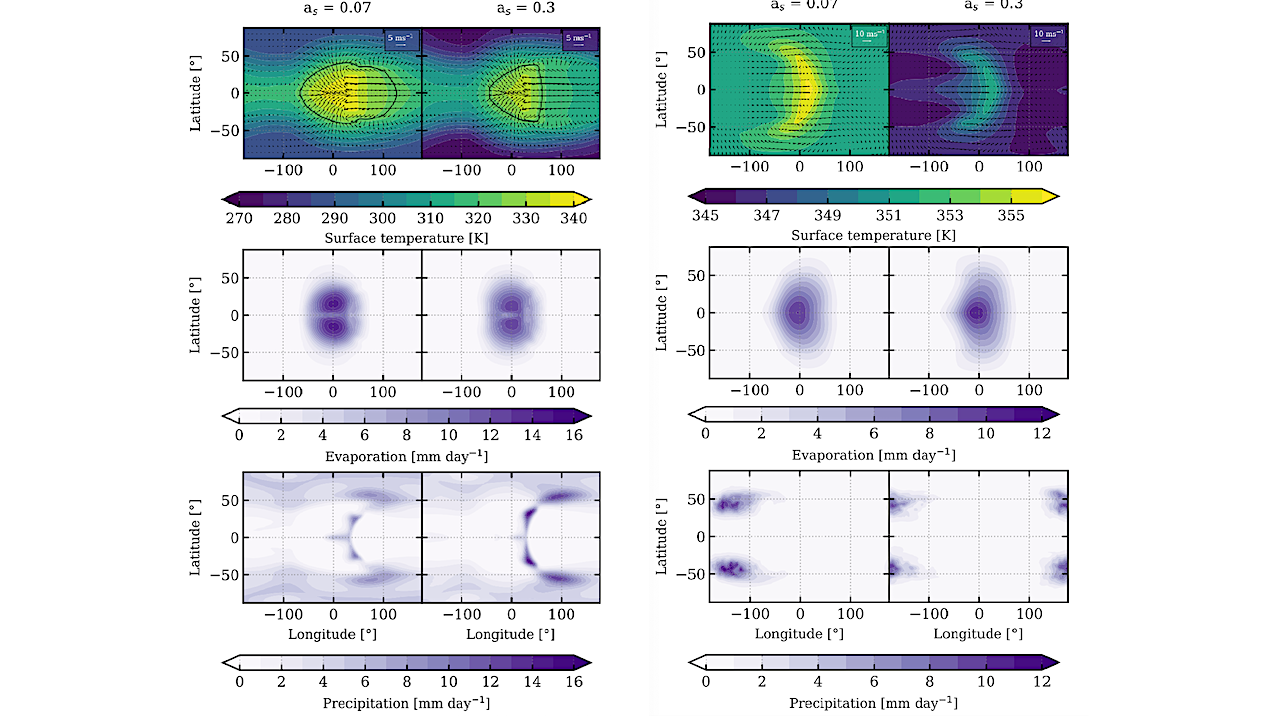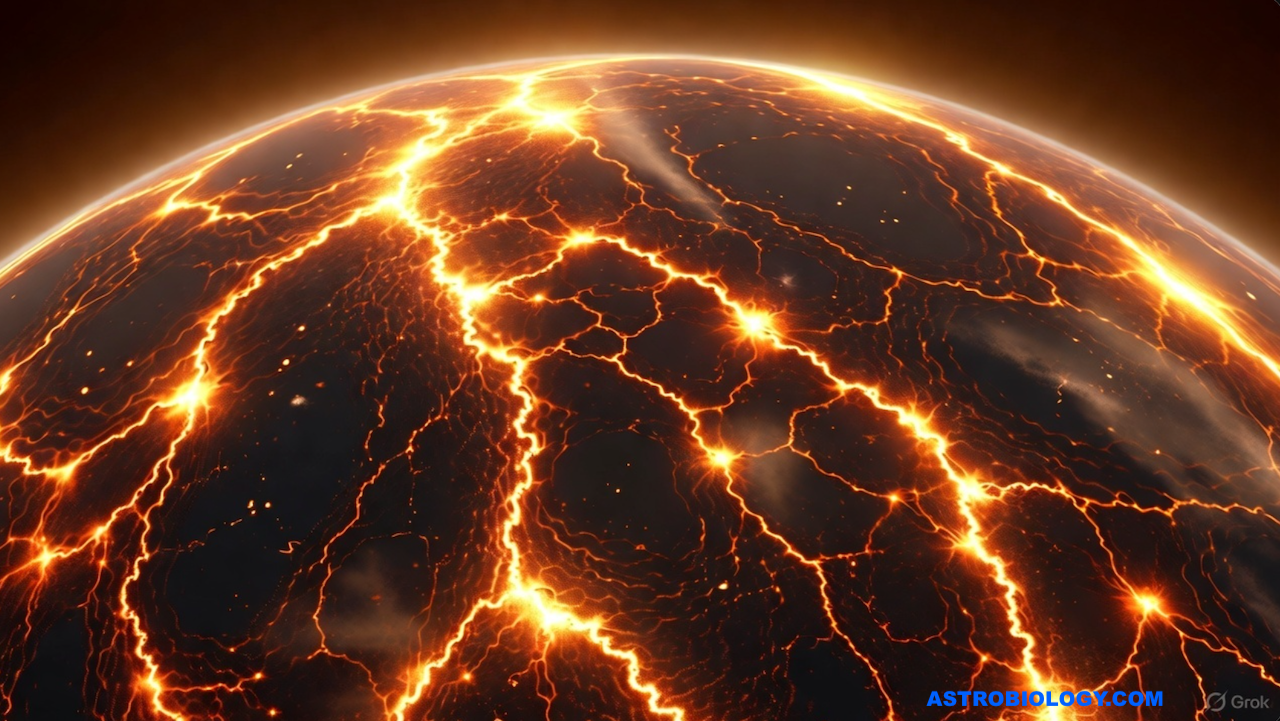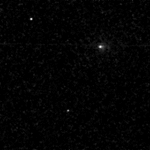Now Reading: Catalog And Characterization Of Science Orbit Configurations For An Enceladus Orbiter
-
01
Catalog And Characterization Of Science Orbit Configurations For An Enceladus Orbiter
Catalog And Characterization Of Science Orbit Configurations For An Enceladus Orbiter
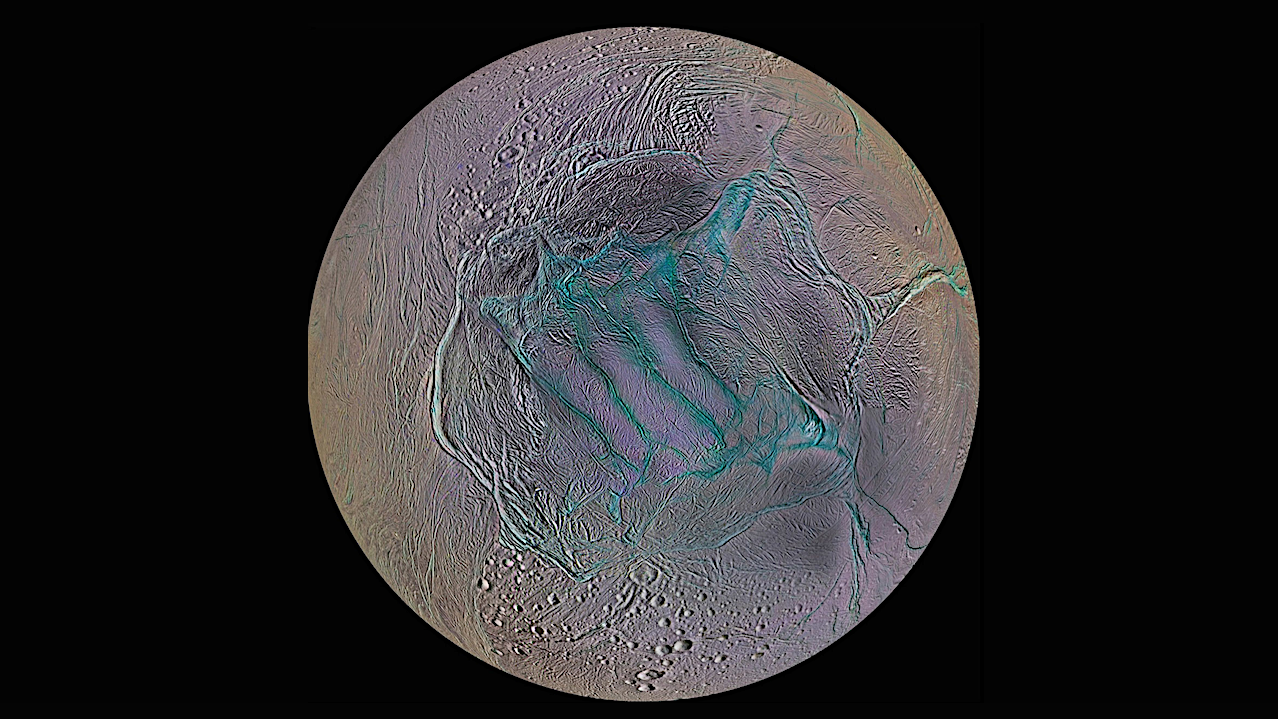

Enhanced view of Enceladus’ South pole region showing the locations of organic-rich geysers in blue [Source: NASA]
Saturn’s moon Enceladus is an exciting destination for future exploration missions due to the scientifically interesting geyser region located on its South pole.
In this work, we compile the different types of science orbit configurations that have been proposed in the literature and present numerical methods to compute each of them in the Saturn-Enceladus circular restricted three-body problem (CR3BP).
In addition, we explore the utility of the higher period dynamical structures found in the CR3BP. Figures of merit such as the observational properties and geometries for each family of orbits are presented.
By providing a consistent analysis of potential Enceladus science orbits, this work can serve as a baseline for future mission designs.
Spencer Boone, Joan Pau Sanchez Cuartialles, Stéphanie Lizy-Destrez
Subjects: Earth and Planetary Astrophysics (astro-ph.EP); Instrumentation and Methods for Astrophysics (astro-ph.IM); Dynamical Systems (math.DS)
Cite as: arXiv:2510.12421 [astro-ph.EP] (or arXiv:2510.12421v1 [astro-ph.EP] for this version)
https://doi.org/10.48550/arXiv.2510.12421
Focus to learn more
Submission history
From: Spencer Boone
[v1] Tue, 14 Oct 2025 11:58:16 UTC (6,192 KB)
https://arxiv.org/abs/2510.12421
Astrobiology,
Stay Informed With the Latest & Most Important News
Previous Post
Next Post
-
 012024 in Review: Highlights from NASA in Silicon Valley
012024 in Review: Highlights from NASA in Silicon Valley -
 02Panasonic Leica Summilux DG 15mm f/1.7 ASPH review
02Panasonic Leica Summilux DG 15mm f/1.7 ASPH review -
 03How New NASA, India Earth Satellite NISAR Will See Earth
03How New NASA, India Earth Satellite NISAR Will See Earth -
 04And Thus Begins A New Year For Life On Earth
04And Thus Begins A New Year For Life On Earth -
 05Astronomy Activation Ambassadors: A New Era
05Astronomy Activation Ambassadors: A New Era -
06SpaceX launch surge helps set new global launch record in 2024
-
 07Space Force plans new ‘Futures Command’ amid pressure to speed up modernization
07Space Force plans new ‘Futures Command’ amid pressure to speed up modernization













